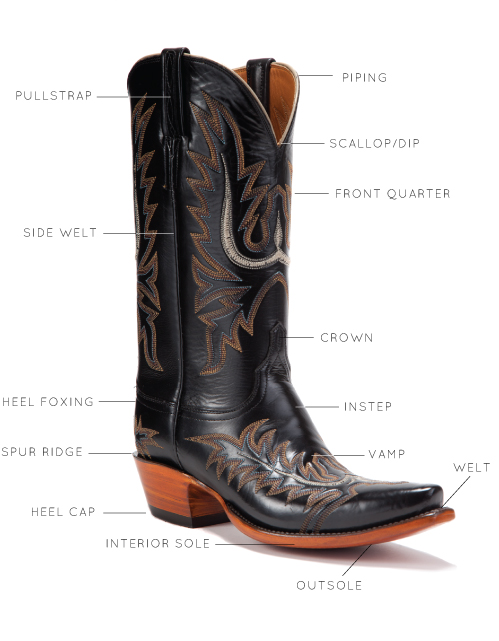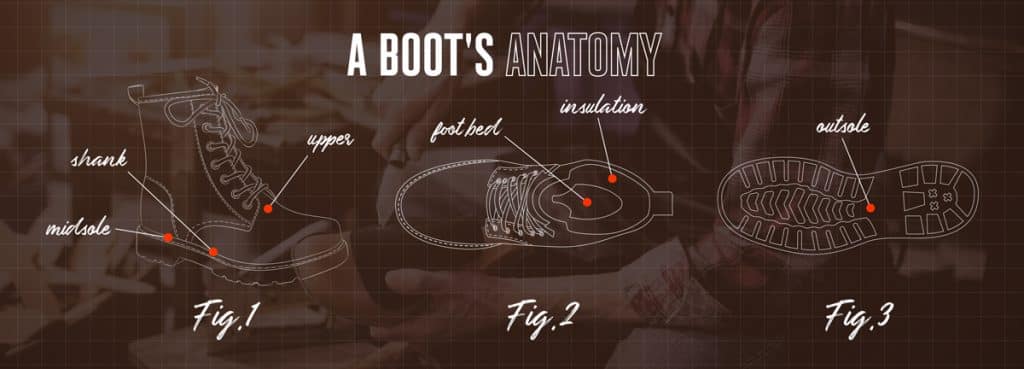- Main Page
- Age on other Planets
- Aliens
- American Flag
- Annuals
- Avoiding Scams
- Awareness Ribbons
- Baileys Liqueur
- Bananas
- Banana Tree, Grand Nain
- Banana Tree, Ice Cream
- Banana Tree, Zebrina Rojo
- Beekeeping
- Bleach
- Boogaloo
- Bookmarks
- Boot Anatomy
- Boot Fit Guide - Cowboy
- Boot Glossary
- Boot Leathers
- Boot Makers
- Boot Retailers
- Boot Styles - Western
- Boot Toes & Heels - Western
- Boot Toes & Heels - Work
- Bullying
- Cats
- Chillicothe Businesses
- Christmas Tree
- Ciroc Vodka
- Coffee Pods
- Color Codes Chart
- Consumer Resources
- Consumer Resources - Elders
- Country Stars
- Cowboy Hats
- Cowboy Hat Etiquette
- Cowboy Hat Sizing
- Cowboy Sites
- Credit Score Checkers
- Credit Scores
- Disaronno Amaretto
- Donation
- Drug Test
- Eye Teasers
- Fonts
- Foods To Regrow
- Free For All Links
- Friend
- Funny Things
- Fun Stuff
- Giving
- Growing Blueberries
- Halloween
- Halloween Treats
- Health Pages
- Hello!!
- Home Bar
- Horse Sites
- House Plants
- Hunger Facts
- Interesting Facts
- Kinds of Tea
- Logger vs Lineman
- Lucky Bamboo
- Macaroni!!
- Missouri
- Missouri Prisons
- National Foundations
- Never Forget
- New Page Soon
- One Little Rose
- Orchid Growing
- Orchid Sources
- PayPal.Me
- Perennials
- Phobias A-Z
- Plant Care
- Plant Zone Map
- Propagating Plants
- Ragtime Music
- Recipes I like
- Roses
- Sadie & Beethoven
- Scam Calls
- Smile
- Speed Test
- Spices You Need
- Spices I Have
- Steel Toe vs. Comp. Toe
- Superstitions
- Symbols
- Tequila Rose
- The Ten Commandments
- Top Alcohol
- Top Animated Movies
- Top Comedy Movies
- Top Expensive Movies
- Top Modern Westerns
- Top 100 Westerns
- Toyota Yaris 2008
- Toyota Yaris 2012
- Tree, Calamondin Orange
- Tree, Meyer Lemon
- Tree, Persian Lime
- US Bill of Rights
- US Constitution
- US Declaration of Independence
- UV Vodka
- Weight on other Planets
- Wicca Pages
- Wine Clubs
- Wines
- Wines - Missouri
Needed to read PDF's
Boot Anatomy
The Parts of a Western Boot
There are so many technical terms when describing the different parts of cowboy boots

- Back Quarter (Shaft) - The shaft is the tall portion of the boot, above the foot, that covers the wearer’s leg. We typically just use the term “shaft” without mentioning the specific quarter portion, but some cowboy boots have varied designs on the front quarter and back quarter that require use of the technical boot terms. The back quarter is the portion of the shaft in the back of the cowboy boot. Most boot shafts are 10” tall to 15” tall, but some boot styles are available in 6” ankle boots or 8” short boots, and some taller boots are also available.
- Collar - The collar is the very top portion of the boot shaft. Some cowboy boots have decorative collar stitching or overlays.
- Dip/Scallop - The dip is also called a scallop. It is the V-shape at the very top front and back of the cowboy boot shaft. The styles vary, but the purpose of the dip is to prevent the boot from pinching your leg when you take a step. Boots without the dip are commonly called “stove pipe” cowboy boots or riding boots.
- Front Quarter (Shaft) - The shaft is the tall portion of the cowboy boot, above the foot, that covers the wearer’s leg. We typically just use the term “shaft” without mentioning the specific quarter portion, but some cowboy boots have varied designs on the front quarter and back quarter that require use of the technical boot terms. The front quarter is the portion of the shaft in the front of the cowboy boot. Most boot shafts are 10” tall to 15” tall, but some boot styles are available in 6” ankle boots or 8” short boots, and some taller boots are also available.
- Heel - The cowboy boot heel is attached to the back portion of the outsole. Many heel styles are available, but the slanted “western heel” and lower “walking heel” are the traditional cowboy boot standards. Some heel styles are intended for fashion only and are not appropriate for riding or work.
- Heel Cap - The heel cap is the cover on the bottom of the cowboy boot heel. It is most often a composite or rubber material to provide slip-protection.
- Heel Counter - When referring to the “heel,” most descriptions are describing the outsole portion of the cowboy boot. The heel counter, however, is the back part of the foot, above the heel and below the back quarter of the shaft.
- Insole (inside the boot, not pictured) - The insole is material inside the boot on which your foot rests. Many cowboy boots offer high-tech materials and cushioning to provide comfort and stability.
- Instep - The upper part of the vamp, toward the shaft. Comfort in this area is key in determining a proper cowboy boot fit. Unlike shoes with laces, a cowboy boot has only the instep to hold it securely to the foot. Hence, proper fit in the instep is of utmost importance. The fit should be snug, not tight or loose.
- Outsole - The outsole is the bottom portion of the boot that makes contact with the ground. It is attached to the boot upper and is sometimes simply called the “sole.” The materials used for the outsole vary greatly by style and purpose of the cowboy boots. Work boots tend to have composite and rubber outsoles, and traditional cowboy boots tend to have leather outsoles. Since this portion of the boot is exposed to the greatest wear, it is important to consider the function of your cowboy boots when choosing the outsole material for greatest durability and comfort.
- Piping - Piping is a rounded strip of material, usually leather, that runs up the side seams and around the top of the collar on boots. Not all styles have piping, but it is a common addition. It is used to cover stitching that holds the pieces of leather together and to cover exposed edges.
- Pull Tabs/Straps/Holes - Pull tabs, also known as pull straps, are attached at the top of the boot shaft, allowing the wearer to get a good grip to pull on the boots. Some styles have pull holes instead of tabs.
- Shank (inside the boot, not pictured) - The shank is the interior portion of the boot that is under the insole as reinforcement for the arch. It is most commonly thin strip of steel or composite.
- Spur Ridge/Ledge - The spur ridge (or ledge) is a functional design element on the cowboy boot heel. The heel extends a small amount past the back of the cowboy boot, creating a ledge for a spur to rest and not slide down the back of the heel.
- Throat - The throat is another term for the boot shaft (front quarter and back quarter).
- Toe Box - The toe box is a reinforced section of the foot that defines the toe shape. The most popular cowboy boot styles are square toe, round toe, pointed toe, and snip toe.
- Tongue - The tongue is the top part of the vamp. It can have a variety of decorative designs, but it most commonly comes to a point where the shaft and vamp meet. This added layer of material offers protection to the foot and durability to the leather when spurs are worn.
- Vamp - The vamp, also called the “upper” or simply “foot” is the area of boot that covers your foot, from the bottom of the shaft to the outsole.
- Welt - The welt, sometimes called a rand, is the stitched connection between the outsole and the boot vamp. A full-welt cowboy boot has stitching almost all the way to the heel portion of the cowboy boot. A three-quarter welt cowboy boot stitching goes to the mid-sole of the boot (under your arch). The heel area is usually pegged or nailed rather than stitched. Double-stitched welt is two rows of visible stitching, and single-stitched welt is one row of visible stitching around the foot, on the outsole.
The Parts of a Hunting Boot

- Upper - A boot’s upper refers to the part that covers the foot (top, sides, and back). The upper can be cut from a single piece of material or be built from a number of pieces stitched together. The upper can be further broken down into parts that include the vamp, back, tongue, quarter, and the lining.
The upper in a hunting boot can be different heights. You’ll find “boots” that barely cover the ankle up to ones that creep up near the knees. Those in the 9-10” range offer a lot of support and stability and keeps out most water, snow, and dirt.- Insulation - The insulation layer is usually under the upper. Insulation is why some hunters have more than one pair of boots. For an early-season archery hunt, you might want a pair that’s light and breathable since you have almost 250,000 sweat glands in your pair of feet and you can produce about a half of a pint of perspiration in a day.
Trudging through a foot of snow and you’ll be thankful for as many grams of Thinsulate as you can get.
A boot with 200 grams of insulation is great for mildly cool days or evening hunts and high activity levels. You’ll find 1,200 grams in a hunting boot for extremely cold weather, typically in harsh winter months of 30-degree weather or less.- Footbed - The footbed, or insole, is the inside part of a boot that runs under the bottom on the foot. As noted earlier, it could be made of synthetic materials or leather.
- Shank - The shank is a supportive structure that lies between the insole and outsole. It typically sits between the ball and heel of your foot, under the arch. The shank is what provides rigidity and stability in hunting boots, and it can be made from steel, Nylon, carbon fiber, fiberglass, or Kevlar. The presence of a quality shank is crucial to the functionality of hunting boots because they reduce the load incurred by the hunter’s feet and calves over the course of a steep climb.
- Lasts - Some high-end boot manufacturers, like Crispi and Danner, do not primarily use shanks in their boots for support. Instead, they build their boots around lasts, which are foot-shaped molds that determine the fit of the finished product. The entire boot is built around the last and that’s where the stiffness of the boot comes from. Advantages to using the last system are there’s no pivot point (or flex point) like you might have with a steel shank, and it’s lighter weight. All Crispi boots are built on a last system, and Danner uses no less than 15 custom lasts milled down to ½ sizes for the best possible fit.
- Midsole - The midsole sits between the footbed and the outsole and provides shock absorption and support for the wearer. It’s the part that wears down in running shoes that makes you buy a new pair every eight months.
- Outsole - The bottom-most part of boots provides stability, traction, and protection. Chances are your pair of hunting boots has a Vibram logo on the outsole, as they are used by over 1,000 shoe manufacturers around the world. If your boots are rebuildable, your outsole is likely replaceable if it wears out.
Find me on Social Media
 |
Don't forget to bookmark me to see updates.. Copyright © 2000 - 2025 K. Kerr Most recent revision July 26, 2025 11:50:43 AM
**DISCLAIMER: THIS WEBSITE DOES NOT PROVIDE MEDICAL ADVICE: The information, including but not limited to, text, graphics, images and other material contained on this website are for informational purposes only. No material on this site is intended to be a substitute for professional medical advice, diagnosis or treatment. Always seek the advice of your physician or other qualified health care provider with any questions you may have regarding a medical condition or treatment and before undertaking a new health care regimen, and never disregard professional medical advice or delay in seeking it because of something you have read on this website. |







